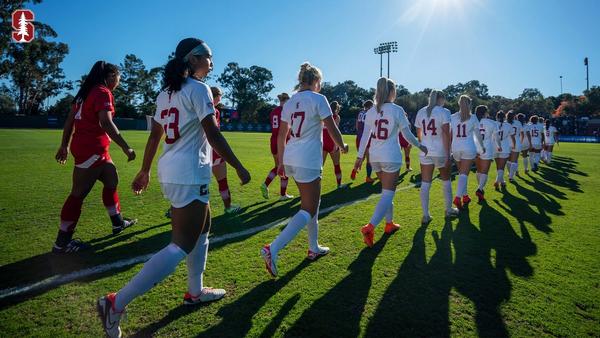
⚖️ Parity concerns
The GIST: One of biggest concerns surrounding conference realignment is the power consolidation in the Power Four’s football programs — specifically in the Big Ten and SEC, whose 18- and 16-team consortiums now include most of the country’s wealthiest and most prestigious brands.
- This centralization could increase the parity gap, creating a system of elites and…everyone else. But it’s far from over.
The rest of the FBS: When it comes to factors like revenue and recruiting, the gap between the Power conferences and the Group of Five (G5) is nothing new. But as the Power conferences grow more, ahem, powerful, it’ll grow increasingly difficult for programs like Boise State and Liberty to compete on the gridiron — a big disadvantage in a world where football is king.
- All G5 schools will compete for one guaranteed spot in the newly expanded 12-team College Football Playoff. Snagging more at-large berths, let alone winning the natty, will be near impossible when their NIL collectives can’t afford top talent.
- If the House v. NCAA settlement is approved, schools will share revenue directly with players, further deepening the divide. Some feel formal league separation, like NCAA president Charlie Baker’s DI+ or even a two-megaconference Super League, is inevitable.
Among the Power Four: It’s not just non-Power teams who are worried — as conferences cram in more top teams, middle-of-the-pack squads will be pushed out of contention for conference championships and national tournament bids.
- For example, UCLA’s Big Ten move banks an estimated $60M per year for their athletic department — but their moderately successful football team can’t buy wins against the Big Ten’s top dogs. Is the money worth losing on the field? Time will tell.
♀️ The impact on women

The GIST: This realignment wave was designed to maximize the revenue and influence of football’s (notably male) top programs. All other college teams have been forced to adapt in its wake, and women’s sports — which already fight tooth and nail for institutional support — are particularly vulnerable to less-than-desirable outcomes.
Travel: The most immediate concern is the new cross-country footprint of these massive Power conferences. Athletes will spend significantly more time — and schools will drop a lot more money — on traveling. That’s tough enough on football’s once-a-week, 12-game regular season, let alone the grind of a 30-game women’s volleyball’s season that includes midweek matches.
- Athletes, coaches, and administrators dread this new reality so much that the National College Players Association has even called on Congress to impose regional restrictions on collegiate competition.
Deprioritization: The more college sports revolve around football money, the less important women athletes’ experiences will be to athletic departments. Sure, football-fueled moves will increase revenue for the whole department…but schools must also spend more on football to remain competitive. Investments in women’s sports will likely take a backseat.
Cuts: Title IX (when it’s enforced) ensures that women’s sports won’t be gutted entirely. But cuts to women’s — and men’s — Olympic sports seem inevitable, especially at less affluent schools struggling to stay relevant on the gridiron. Illinois professor Michael H. LeRoy says it's already happening — and Title IX advocates will need to be on red alert to staunch the bleed.
Enjoying this article? Want more?

Sign up for The GIST and receive the latest sports news straight to your inbox three times a week.

